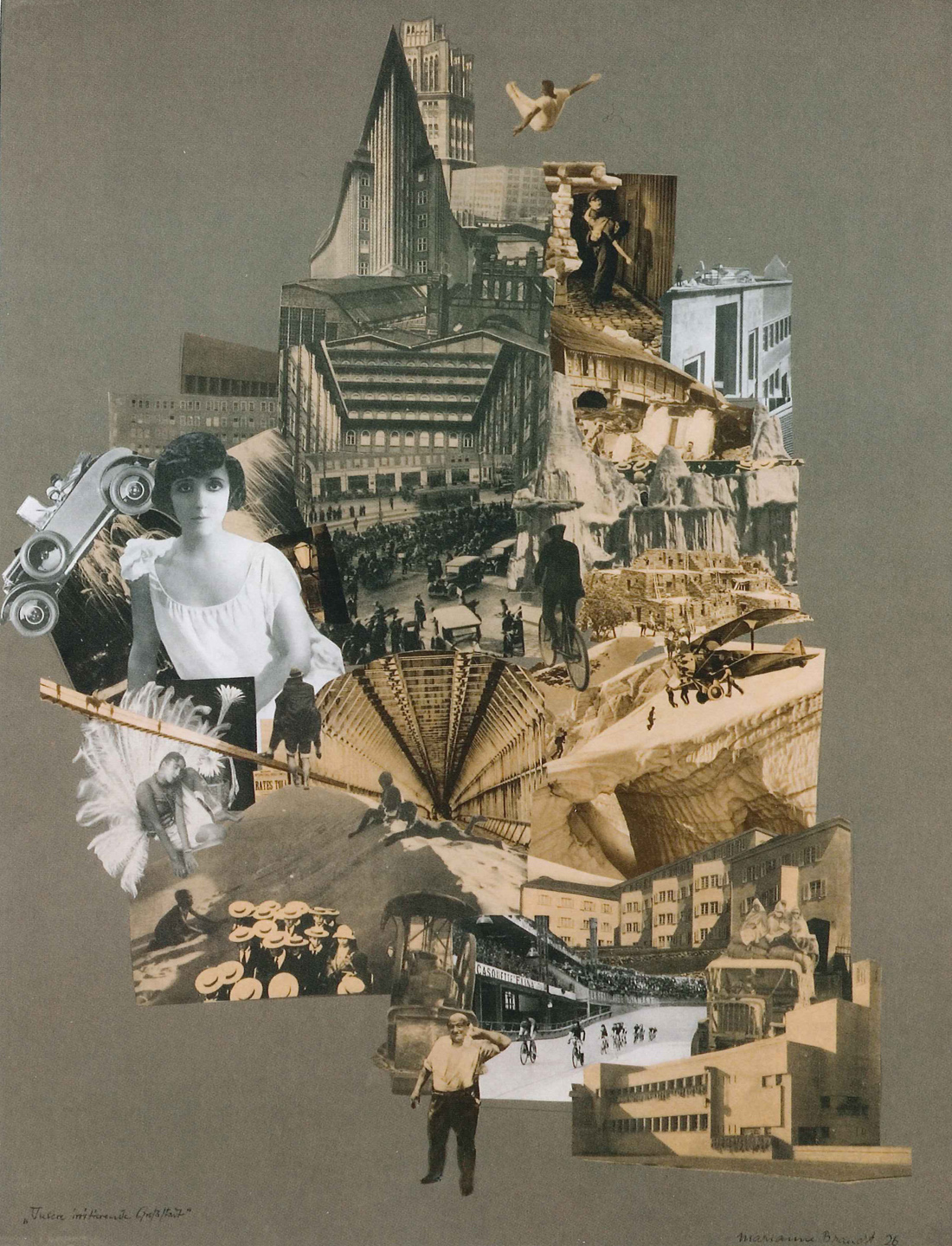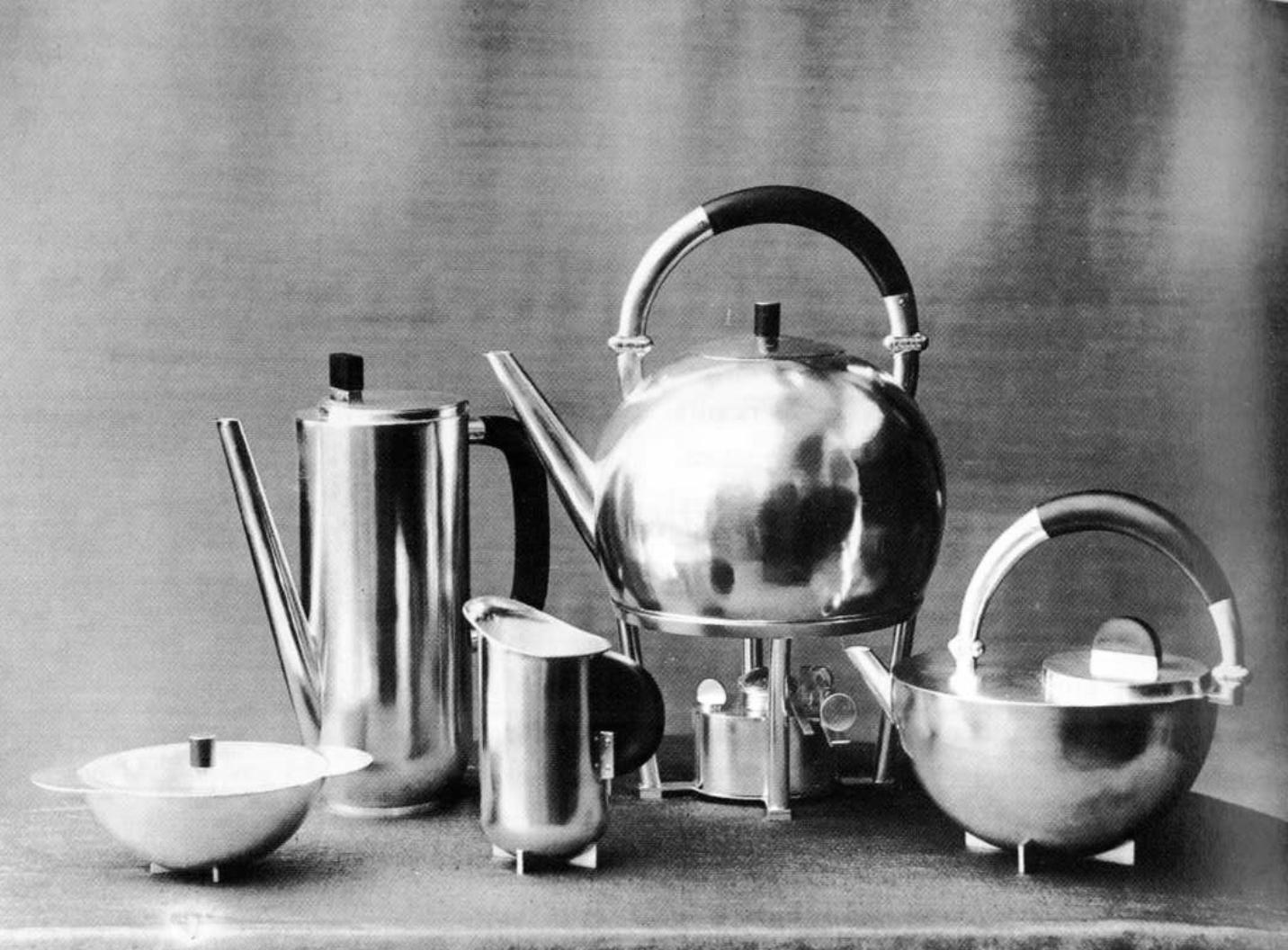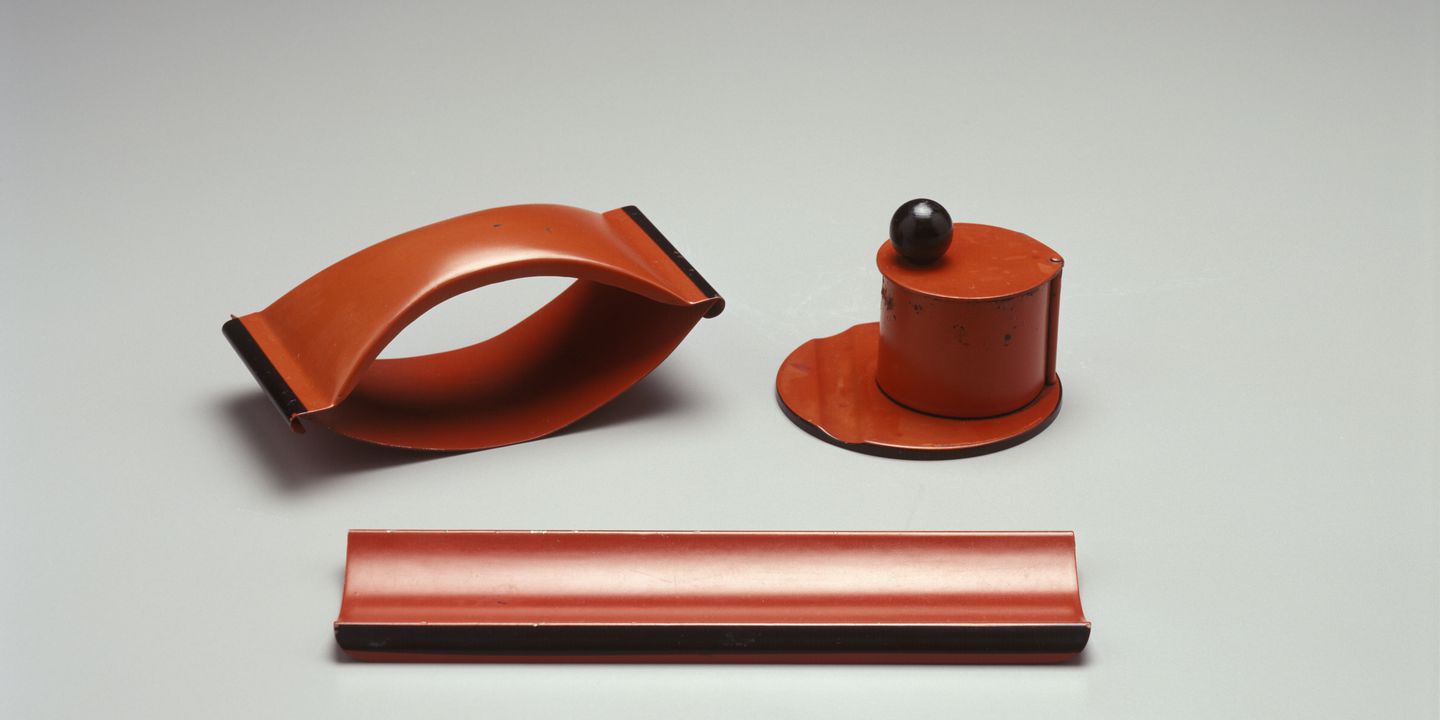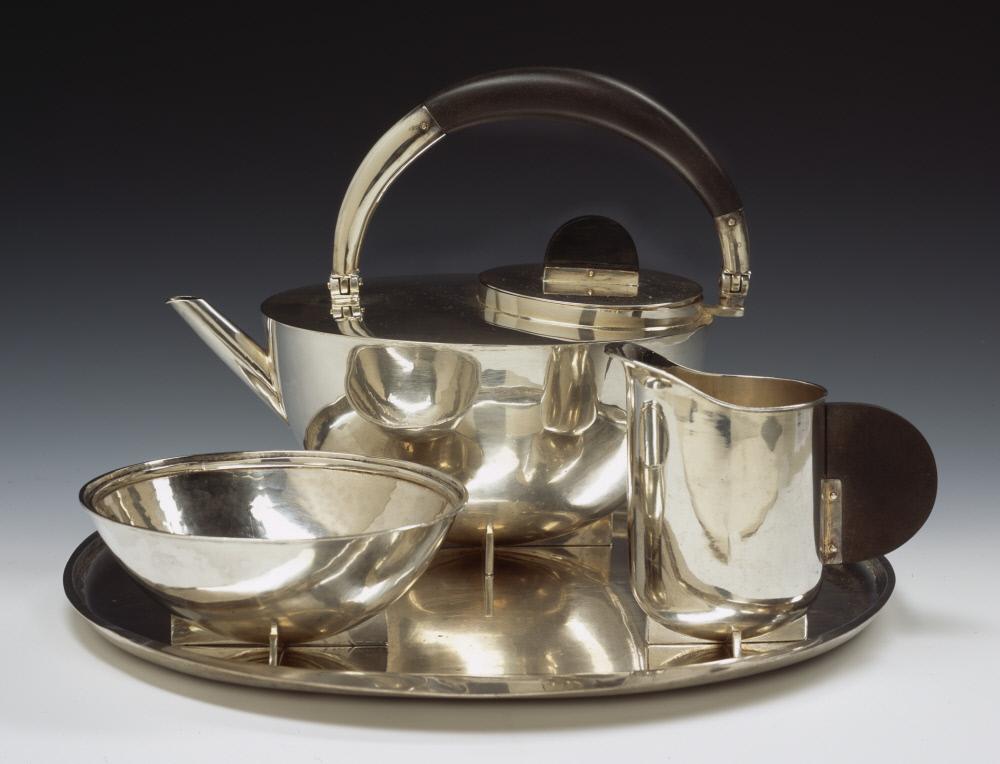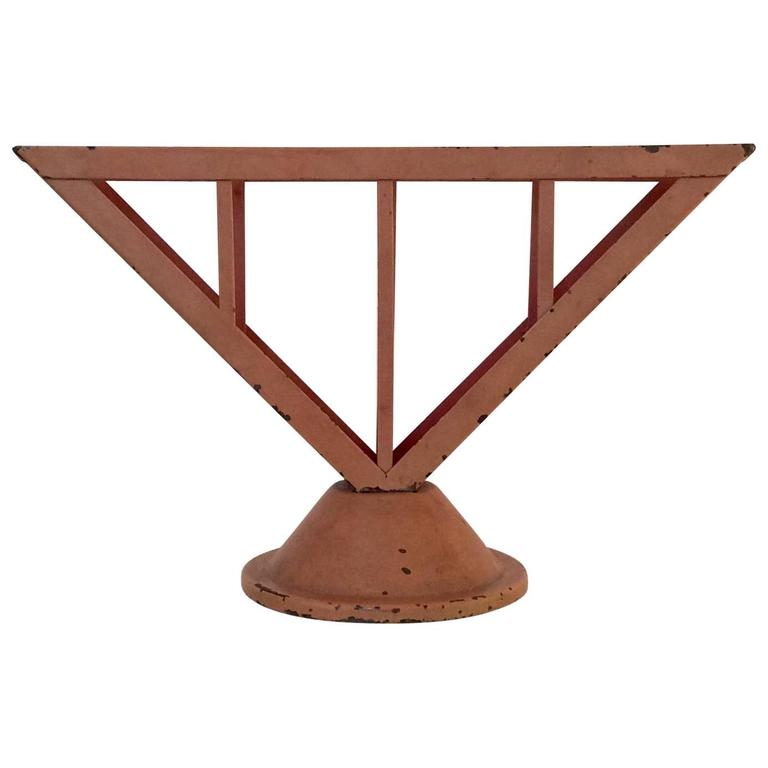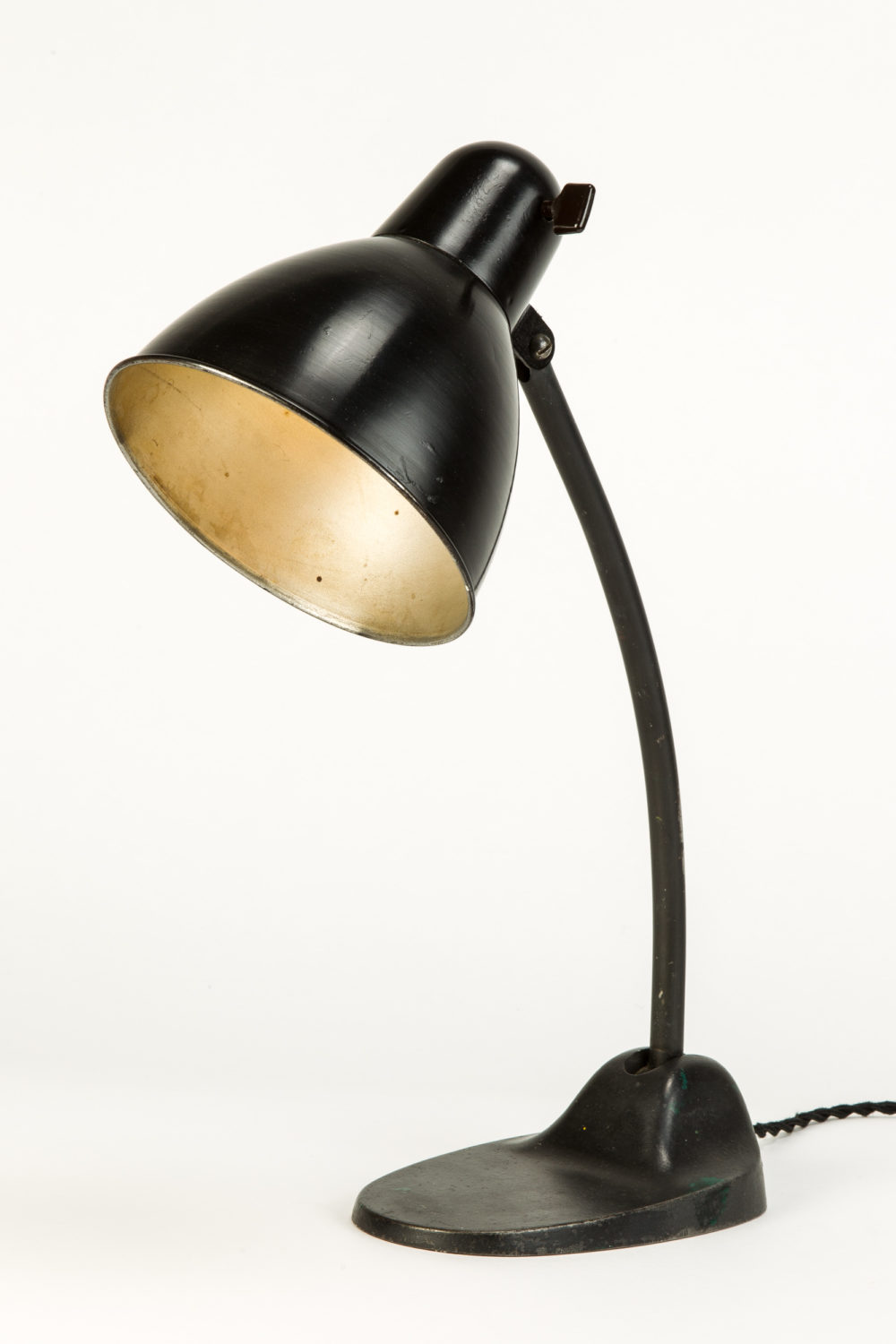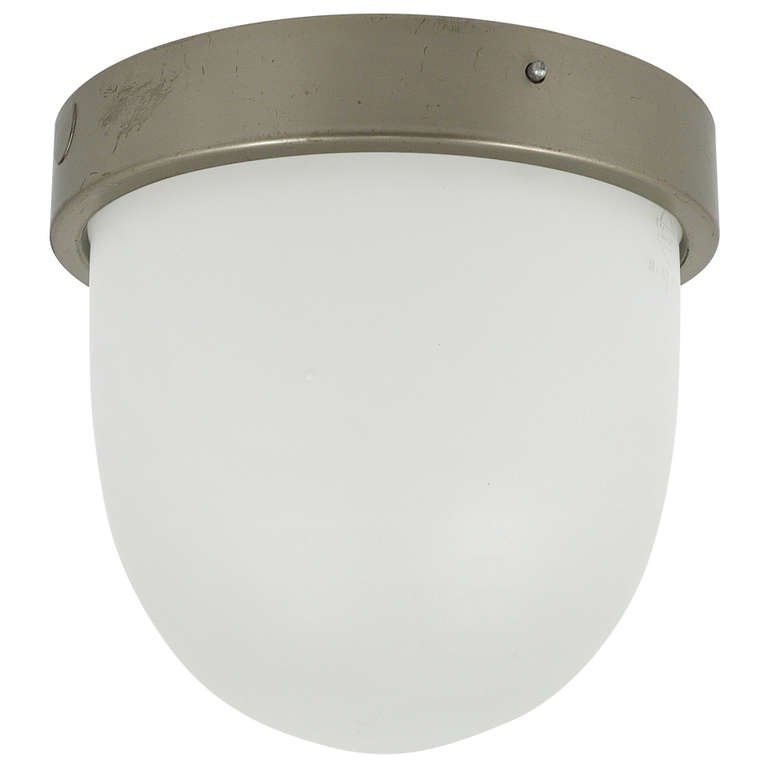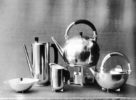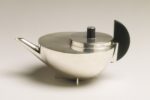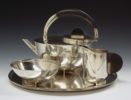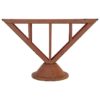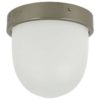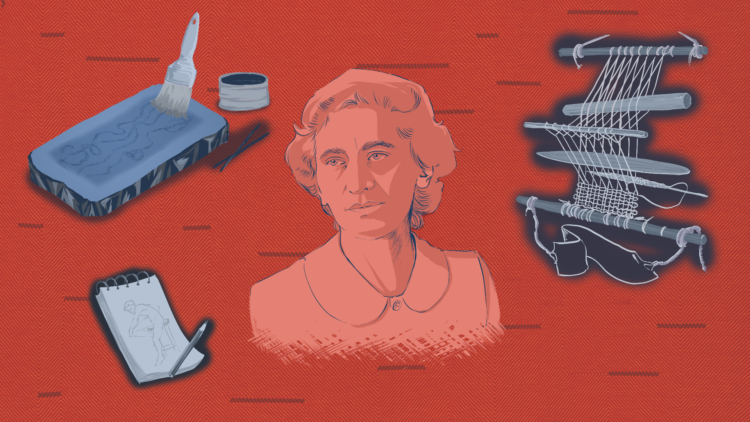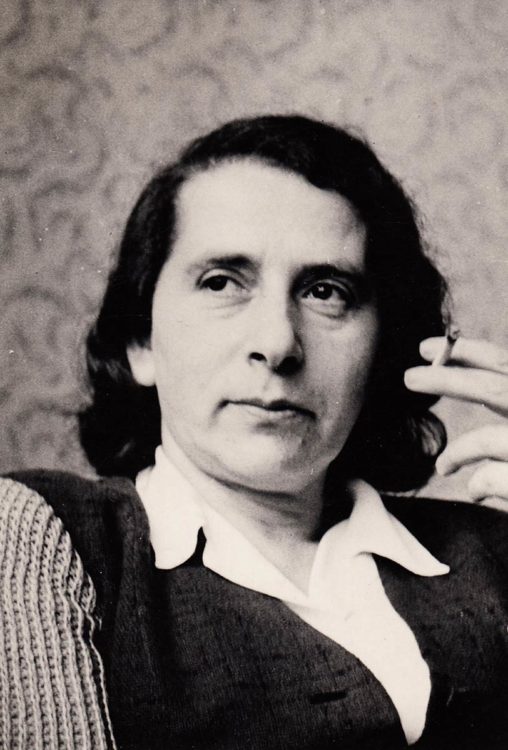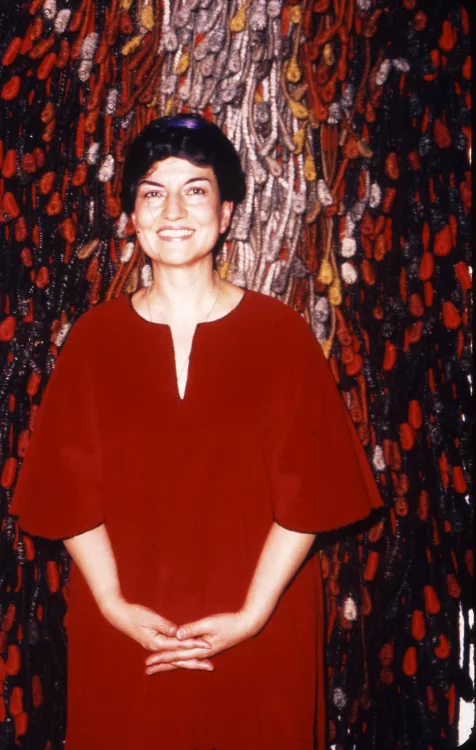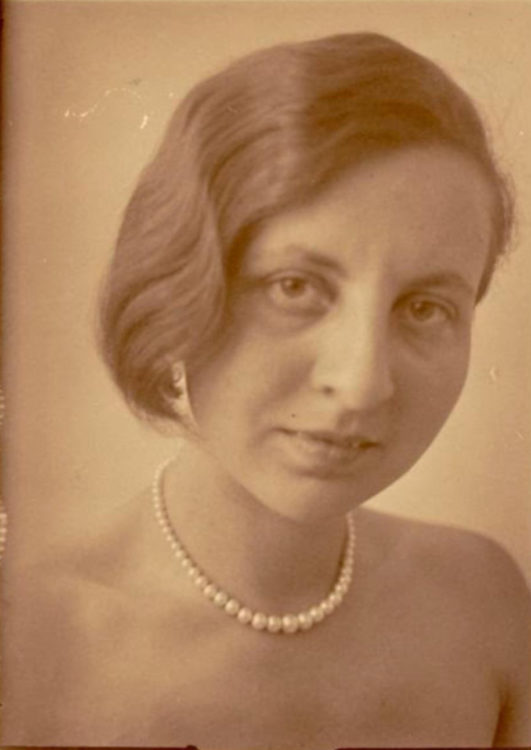Marianne Brandt
Brockhage Hans & Reinhold Lindner, Marianne Brandt, Chemnitz, Chemnitzer Verlag, 2001
→Wynhoff Elisabeth, Marianne Brandt: Fotografieren am Bauhaus, Berlin, Hatje Cantz, 2003
→Elizabeth Otto, Tempo, Tempo! The Bauhaus Photomontages of Marianne Brandt, exh. cat., Bauhaus-Archiv, Berlin (12 October 2005 – 9 January 2006) ; Busch-Reisinger Museum, Cambridge, Massachussetts (11 March – 21 May 2006) ; International Center of Photography, New York (9 June – 27 August 2006), Berlin, Jovis, 2005
Tempo, Tempo! The Bauhaus Photomontages of Marianne Brandt, Bauhaus-Archiv, Berlin (12 October 2005 – 9 January 2006); Busch-Reisinger Museum, Cambridge, Massachussetts (11 March – 21 May 2006); International Center of Photography, New York (9 June – 27 August 2006)
German object designer and photographer.
After studying painting and sculpture at the Weimar Saxon Grand Ducal Art School, Marianne Liebe began creating expressionist pieces in 1917. She then married the Norwegian painter Erik Brandt, joining the Bauhaus in January 1924 when the avant-garde school opened in her city. There, she took classes with Josef Albers, Paul Klee and Wassily Kandinsky, and became a goldsmith’s apprentice at Laszló Moholy-Nagy’s metal workshop. After completing her apprenticeship, she became a collaborator, then an assistant director until September 1929. Working with basic shapes (spheres, cylinders, and cubes), she created unique, finely crafted pieces: a partially nickeled brass ashtray, a silver-plated brass and ebony teapot, bowls, and eggcups. These handcrafted objects anticipated her association with industry, which later happened in Dessau when new models for ceiling and table lamps designed by M. Brandt and Hin Bredendieck were submitted to the Schwintzer & Gräff firms in Berlin and Körting & Matthiesen AG (Kandem) in Leipzig, and sold in great numbers, sometimes in the thousands. M. Brandt left the Bauhaus in December 1929 when Hannes Meyer became its director, joined Walter Gropius’s architecture studio in Berlin, and was hired as a designer at the Ruppelwerk GmbH metal goods factory in Gotha in 1930.
She returned to Chemnitz in 1933, where she resumed painting. She worked as a lecturer at the Dresden Academy of Fine Art (1949-1951) and at the Berlin-Weissensee Academy of Decorative Arts (1951-1954) with Mart Stam, and spoke as an expert on industry at the Academy of Applied Art in East Berlin. During this time, she oversaw the exhibition German Avant-Garde Art, which was presented in Beijing and Shanghai. While she and Lili Schultz were the only women in the Bauhaus metal workshop, M. Brandt was also one of its most famous members, and her objects are now shown in the world’s greatest museums; some of her designs were also remanufactured by the Italian firm Alessi. On the other hand, her photomontages remained largely unknown to the public before they were shown at the Bauhaus-Archiv in Berlin in 2005. Using photography as a documentary medium and working alongside L. Moholy-Nagy and his wife Lucia Moholy, she realised that it could also be a means of free expression. The collages and photomontages she made with press cuttings enabled her to question society and its technological evolutions, as well as the status of men (The Man Who Brings Death, 1928), and that of women.
© Éditions des femmes – Antoinette Fouque, 2013
© Archives of Women Artists, Research and Exhibitions, 2018



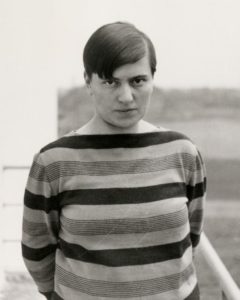
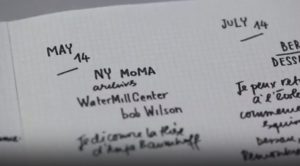 Stéphane Dupont à propos de « Marianne Brandt, un alphabet, un livre, une exposition »
Stéphane Dupont à propos de « Marianne Brandt, un alphabet, un livre, une exposition » 